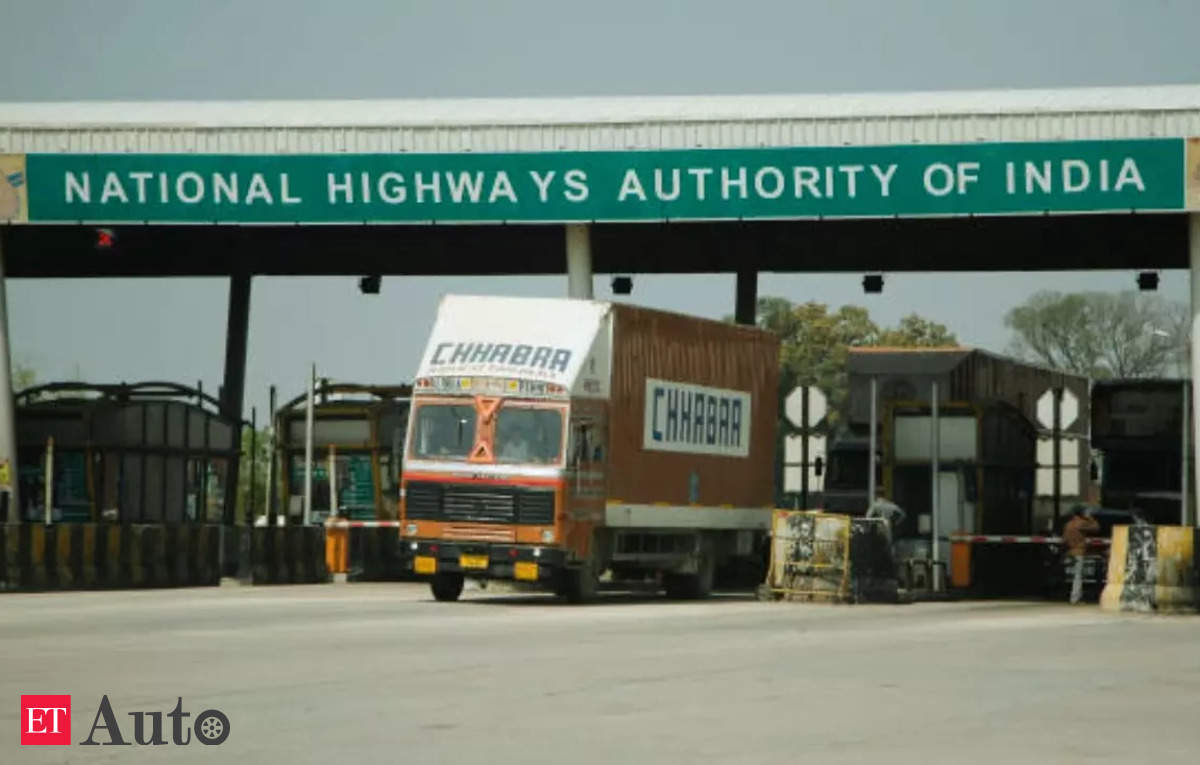Did you know? Iran's first supreme leader had ancestral ties to this UP village | Zee Business
As Israel openly threatens to eliminate Iran’s Supreme Leader Ayatollah Ali Khamenei, the man at the centre of Tehran’s defiance is making global headlines once again. At 86, Khamenei remains the most powerful figure in Iran — commanding its military, appointing top officials, and shaping the country’s hardline stance against the West.
But what many don’t know is that this powerful cleric has roots in India — in a small village tucked away in Uttar Pradesh.
Kintoor, a quiet village in the Barabanki district of UP, seems worlds apart from the power corridors of West Asia. But nearly two centuries ago, it was home to Syed Ahmad Musavi, a Shia cleric whose family had moved to India from Iran. In 1830, amid the growing influence of the British and the decline of the Mughals, Musavi left Kintoor for Najaf in Iraq — one of Shia Islam’s holiest cities.
What started as a pilgrimage turned into migration. Musavi eventually settled in Khomeyn, Iran, married, and built a life there. He never dropped his connection to India — proudly keeping the title “Hindi” till his death in 1869. His grave lies in Karbala, but his story didn’t end there.
Iran-Israel Conflict: Trump may order direct US strike on Iran within 2 weeks
Musavi’s grandson, Ruhollah Khomeini, would go on to lead Iran’s 1979 Islamic Revolution. Overthrowing the US-backed Shah, Khomeini became the first Supreme Leader of Iran, transforming the country into a theocratic state.
Though he never met his grandfather, Khomeini carried forward the religious teachings and values passed down through the family. His poetry and writings often mentioned “Hind” — the land of his grandfather.
Ali Khamenei, Iran’s current Supreme Leader, is Khomeini’s ideological successor — and a direct descendant of Syed Ahmad Musavi Hindi. Born in 1939 in Mashhad, Khamenei grew up in a clerical household shaped by the same traditional values and revolutionary ideas.
While he rarely mentions his Indian ancestry, Iranian scholars and clerical records have long documented it. The title “Hindi” still appears in some Iranian texts — a quiet acknowledgement of where the story began.
Today, as tensions between Iran and Israel are entering new heights, and with every word uttered by Ayatollah Khamenei being dissected for clues ranging from war to peace, the story of Kintoor remains put quietly in the background. Go figure: a little village in Uttar Pradesh, blissfully unaware of its place in global history, dusted its feet across the big stage and helped shape the destiny of a country that lies halfway around the globe.
With West Asia standing, seemingly, at the edge, the echoes of Kintoor—migration, faith, quiet rebellion—keep reverberating through the man who presently commands one of the most mighty pulpits in the region.









